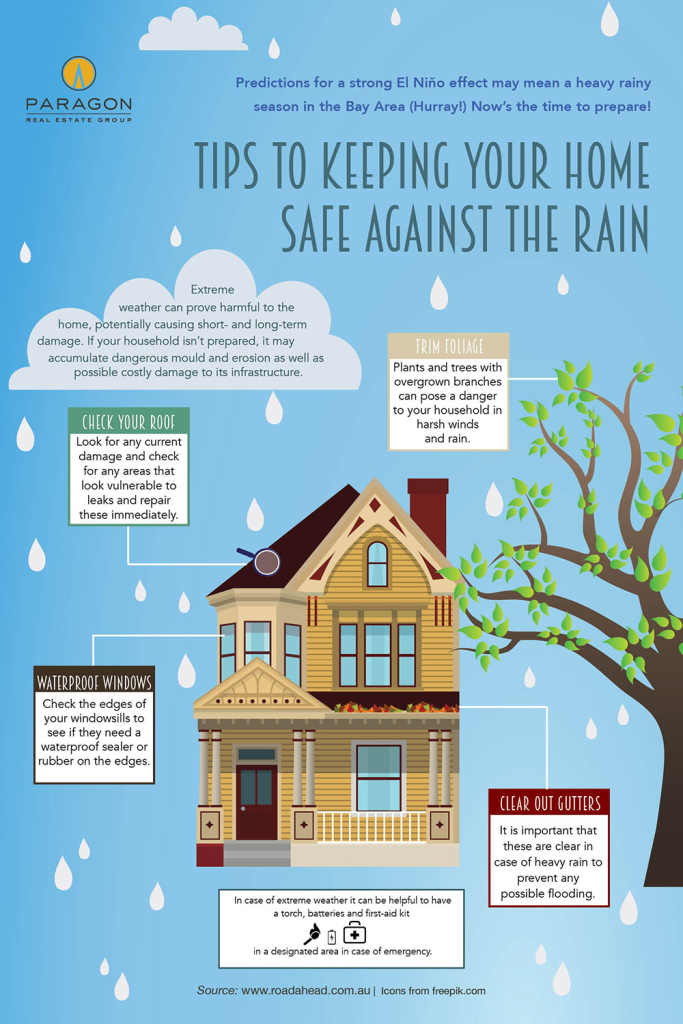Typical Pitfalls In Roofing System Installation And Ways To Avoid Them
Typical Pitfalls In Roofing System Installation And Ways To Avoid Them
Blog Article
Material Created By-Allen Padilla
When you're preparing a roofing installation, it's easy to neglect essential details that can lead to significant issues down the line. You may be attracted to cut corners on material selection or skip correct blinking setup, yet these common errors can bring about costly repair services later. Comprehending the significance of air flow and sticking to regional building codes is necessary for a successful job. So, what are visit the up coming internet page should take to guarantee your roofing system stands the test of time? Let's explore some reliable methods to avoid these mistakes.
Poor Material Option
When it involves roof installment, picking the wrong products can cause expensive problems down the line. You might assume that any type of roof covering material will certainly do, but that's a common misunderstanding. It's crucial to choose materials that match your regional environment and the details demands of your home.
As an example, if you reside in an area with heavy rain or snow, opting for asphalt roof shingles might not be the best choice. Instead, consider even more durable choices like metal or slate.
In addition, take note of the high quality of the materials you're thinking about. Low-cost products could conserve you money upfront, yet they commonly lack longevity and can cause frequent repair services or replacements.
You must also think of the design of your home and make certain the materials you select will certainly keep its visual charm.
Lastly, don't forget to seek advice from professionals. They can offer important understandings and advise products that adhere to regional building codes.
Investing time in correct material selection now can aid you stay clear of headaches and expenses in the future, making your roofing job a success.
Inadequate Flashing Installation
Picking the appropriate materials isn't the only element that can bring about roofing troubles; insufficient blinking setup can also create considerable problems. Flashing is critical for guiding water away from susceptible locations, such as chimneys, skylights, and roof valleys. If it's not set up correctly, you take the chance of water intrusion, which can cause mold development and structural damage.
When you set up flashing, guarantee it's the right type for your roof covering's design and the local climate. For example, metal flashing is commonly extra sturdy than plastic in locations with hefty rain or snow. Make certain the flashing overlaps appropriately and is safeguarded tightly to prevent voids where water can leak via.
You need to additionally take notice of the installation angle. Blinking ought to be placed to route water far from your house, not toward it.
If you're unsure concerning the installment procedure or the materials needed, consult a specialist. They can assist recognize the best blinking choices and guarantee every little thing is set up correctly, protecting your home from prospective water damage.
Taking these actions can conserve you time, cash, and frustrations in the future.
Neglecting Ventilation Needs
While several homeowners focus on the visual and structural elements of roof installment, neglecting air flow demands can lead to serious lasting repercussions. Proper ventilation is vital for controling temperature and moisture degrees in your attic room, stopping concerns like mold and mildew growth, timber rot, and ice dams. If you don't mount sufficient ventilation, you're establishing your roof covering up for failure.
To avoid this error, initially, examine your home's particular ventilation demands. A well balanced system typically consists of both intake and exhaust vents to advertise airflow. Ensure you have actually set up soffit vents along the eaves and ridge vents at the optimal of your roof covering. simply click the up coming post allows hot air to run away while cooler air goes into, maintaining your attic space comfy.
Also, think about the kind of roofing material you've picked. Some products may require added air flow approaches. Ascertain your regional building codes for air flow guidelines, as they can vary dramatically.
Ultimately, don't fail to remember to inspect your air flow system on a regular basis. link webpage from debris or insulation can impede air movement, so keep those vents clear.
Final thought
To conclude, avoiding common roof covering installment blunders is crucial to ensuring your roof's long life and efficiency. By picking the ideal products for your environment, installing flashing effectively, and dealing with ventilation requirements, you can protect against pricey issues later on. Do not forget to familiarize yourself with regional building codes and schedule routine inspections. With these steps, you'll enjoy a risk-free, durable roofing system that safeguards your home for many years ahead. Satisfied roof covering!
